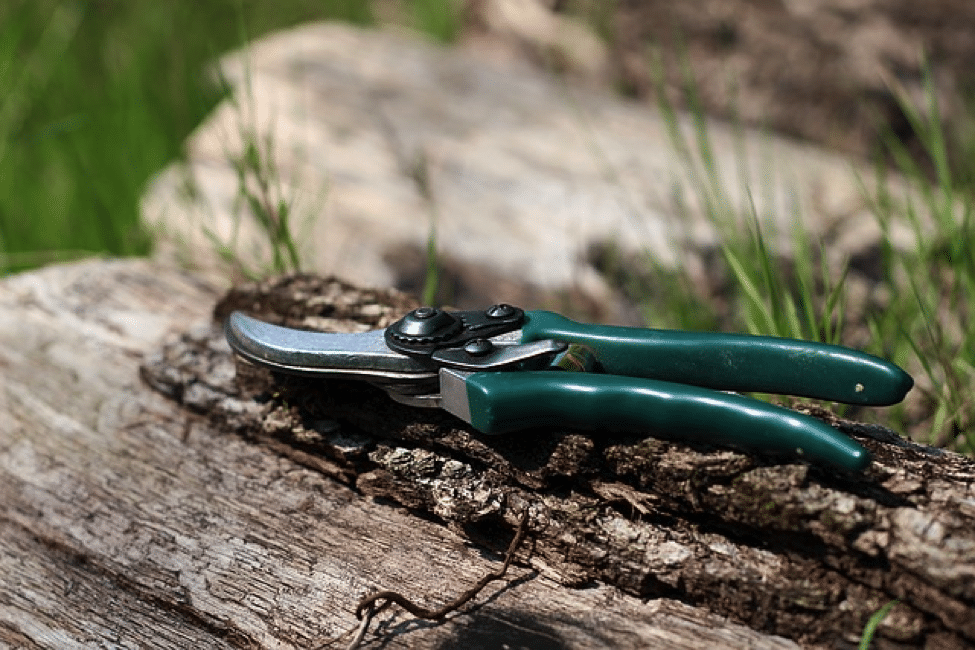Written by Sam Lambert
When you think of California, winter isn’t exactly the first thing that comes to mind. However, proactive winter gardening is crucial if you want a landscape that adds value to your home. While our warm winter climate isn’t challenging to deal with, there are several key tips you should keep in mind for your landscaping plans this season.

- Select winter showstoppers
Winter is arguably one of the nicest times to garden in California, as cooler temperatures and sunny days make it easier to work outside. Furthermore, this time of the year tends to bring with it a bit more precipitation, making it easier to jumpstart your late autumn plantings. Native plants are always an excellent choice, as they will be more likely to handle the challenging hot and dry conditions the California climate brings.

To be successful in this, try to select plants that are designed for winter growth. For example, the heirloom poinsettia is a staple for the holiday season. This plant offers good growth throughout the year but offers attractive coloring during the winter months as well.
Other plants to consider include citrus trees, which ripen in the winter, as well as succulents, such as jade. Jade blooms in the winter and is a drought-tolerant plant. Consider planting a wide variety of plants with a range of colors and bloom times to add seasonal interest.
- Clean out your gutters
Gutters tend to be out of sight and out of mind, but it’s important that you consider them during the winter landscaping process. Gutters need to have a clear path so that rain can pass through them easily. Things like fallen leaves and other debris, like small sticks or twigs, can easily block the path of rainwater and cause unnecessary damage.
Furthermore, dirty gutters can serve as a breeding ground for unwanted pests. Clogged gutters result in standing water, and standing water is an ideal spot for mosquitoes to lay their eggs. Each winter, take the time to clean your gutters to prevent these undesired side effects.
- Be careful with your pruning
While heavy frosts and snowfall aren’t as common in California as they are throughout the rest of the country, they do occasionally happen at higher altitudes in the state. Keep in mind that you will need to move any cold-sensitive plants indoors, and if this isn’t possible, you may be tempted to prune back frost-damaged plants. While pruning is a good practice to engage in during the winter months, you need to avoid pruning frost-damaged plants. This can encourage the plant to produce new growth, which will be more vulnerable to future frosts than the previous growth. Instead, wait until all danger of frost has passed before pruning and allowing new growth to emerge.

That being said, if you aren’t worried about a frost this winter, take the opportunity to trim your trees, hedges, and shrubs this winter. Perform a thorough review of your plants and look for any dead or decayed branches or growth. Prune them off to encourage growth throughout the rest of the plant. This will help give your yard a necessary holiday facelift.
- Winterize your trees

Make sure your trees are ready to handle the cooler temperatures. Prune and dead branches and aerate the soil if it’s compacted or waterlogged in any way. Aerating the soil helps to prevent root suffocation and will promote healthier growth in the coming months. This time of the year is also a great time to remove any deadwood from your trees. Deadwood is the process of removing dead and damaged branches and limbs. This will help prevent any damage caused by the cold, and also eliminate the hazards faced by dead branches dangling too close to your home.
- Remove all leaves and debris
Get any dead plant matter off your lawn, as it can suffocate your grass’s fragile blades and roots. Your lawn needs moisture, so removing leaves will help your grass access any rainfall and stay healthy. In addition, fallen leaves and other debris can serve as a breeding ground for unwanted pests, like grubs, who can infest your lawn and be a challenge to deal with in the spring.
- Add a layer of mulch

Mulch will help protect your plants against cooler weather, as well as to moderate their moisture content in times of drought. An inch or two of mulch will insulate your plants and keep their roots guarded against cold winds or heavy, driving rainfall. While any kind of mulch will work, good options include shredded bark or straw.
- Continue to water

In some cases, you may not need to water during the winter, but often, dry periods make it necessary for you to continue your landscape irrigation routine throughout the colder months. Try to avoid getting the stems and leaves of your plants wet to avoid rot, and focus instead on thoroughly soaking the roots.
- That’s a wrap
Keep your plants wrapped up and warm for the winter months. While you don’t need to wrap all plants, burlap casings are a good idea for plants who might be more vulnerable to colder temperatures. Keep an eye on the winter weather forecast and only wrap cold-sensitive plants.

Most importantly, don’t allow yourself to become overwhelmed by your landscaping tasks this season. Your lawn should be a thing of enjoyment, not a cause of added stress in your life. While most of these tasks can be handled by one person during a single weekend, if you find yourself pressed for time–or for creative landscaping ideas–consider hiring a landscaper in your area. They can help provide a fresh eye and a skilled hand to the winter landscaping tasks you’ve been putting off.
Sam Lambert is an outdoor living expert. Sam loves cultivating his own fruit and vegetables in his backyard. You might have seen Sam riding past you on a local dirt biking trail or climbing a nearby rock wall.

